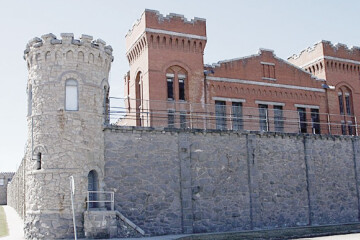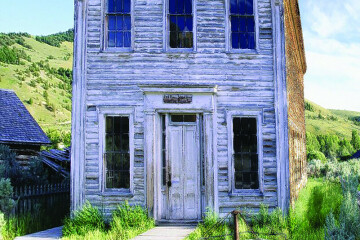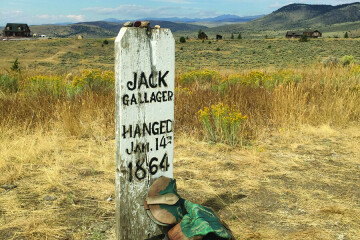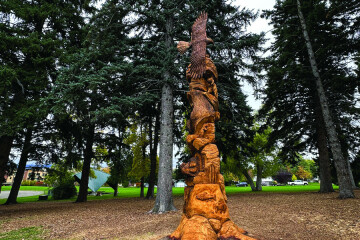Where To Go This Fall For Bone Chilling Paranormal Activity
The stories of our community’s past have a way of walking alongside us. We see these stories in the shadows when they are twisted and turned, like strangling vines curling up an old oak; we see these stories in the mirror when we find we are making the same decisions as our elders or ancestors; we see them, too, when there is a cool breeze in the middle of a ballroom that should have been locked but was left door-ajar, and we swear we saw a woman in a white dress in the corner of our eye. Where did she come from? What is her story? From these stories, we derive lessons of old, and respect for the stepping stones built so we can be standing here—we are also reminded of a keen, ghastly mantra: history, in lightness and in darkness, tends to repeat itself.
Here are three stories of haunted places with petrifying tales around Southwestern Montana. All of these places can be seen clear as day, all can be entered with public access. You need not be a seasoned ghost hunter to feel the chill in the air, as these stories insist to be heard by those whose voices were lost to the past.
Big Sky, Montana
There is a crackle in the pines that stand proudly along the roads leading into Big Sky, Montana. The crackle is present in the early hours of the morning, when the powdery snow lies still after a long night of blizzards and skiers have yet to rain down, exploring the mountain. It is the sound of the gnarled pines moving with the wind, cutting deeply through the skin and into the bones of its listeners. Once you lend, or shall we say surrender, your ear to the sound of the mountains, the crackle of swaying pine in the wind demands your attention. It is intense, almost deafening. And with the deafening noise, you can feel history’s stories walking alongside you; the anger, fear, and hurt of Indigenous peoples fills the Big Sky air. You can feel the pain of assimilation by white lawmakers occurring in the 1870’s being carried out over these tribes, and over their land. To this day, tourists and locals alike have reported an indigenous man starting a conversation or asking for help in and around the vacation condos in Big Sky, Montana. According to some, he might be a higher ranking tribe member. As the stories go, the man means no harm, but he is never found. He wanders, as though a confused, lost soul, wondering where his home has gone, because the Big Sky of today is surely unrecognizable. Are the crackling pines the souls of his tribesmen, in one last attempt to be heard over the noise of those in power, neverendingly building more homes on stolen land? Or are these pines simply directing their friend, the indigenous man, back to his family?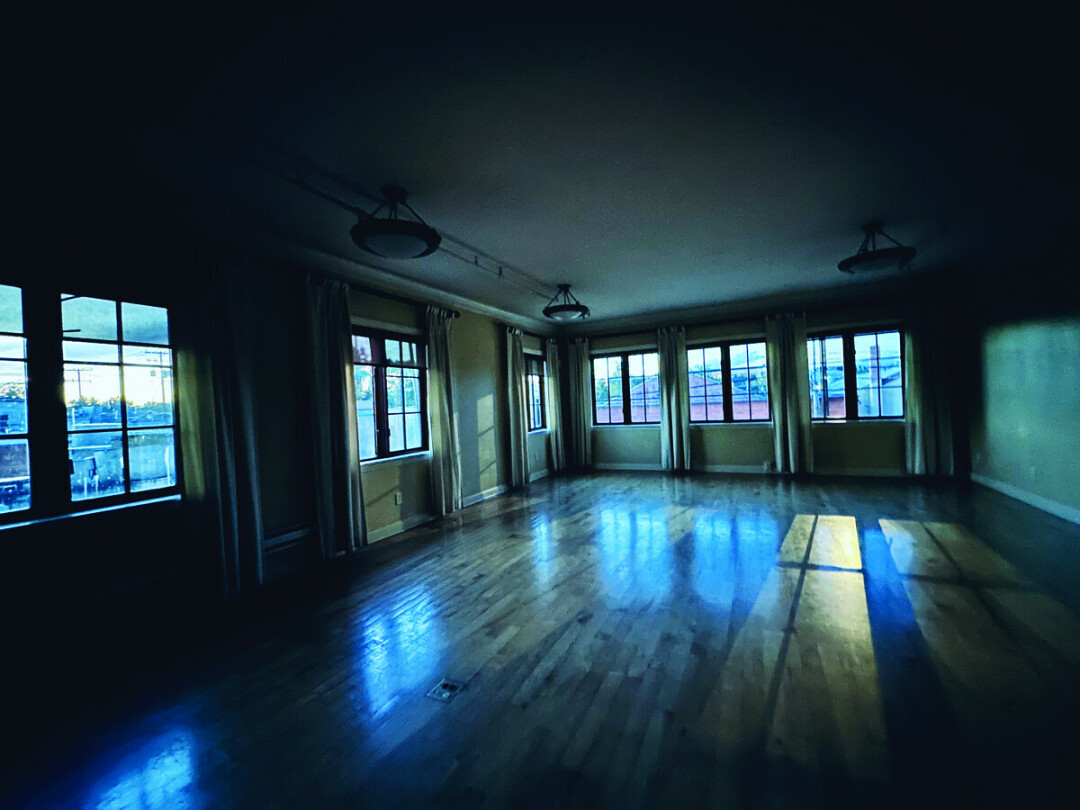
Baxter Hotel, Bozeman
The Baxter Hotel’s sign was built with the idea that travelers in Butte could see the neon sign and be inspired to trek further, knowing that whiskey, hot coffee, and a bed awaited. In the cool October evening, you can see why it has maintained such legendary status—it is busy, with a line out the door on most nights, even to this day. The hotel was opened in the late 1920’s and named for George Baxter, the rancher who provided the majority of funding for the project. The Baxter no longer opens its rooms for lodging but does have two restaurants, a chocolatier and an event ballroom, utilized mostly for weddings. It has been renovated but maintains its original charm and uniqueness, though there is a dark side of its shiny coin. The brides who marry at The Baxter often feel the presence of a woman holding their waist, as if to urge them to stop moving and, thus, stop them from falling to the same fate. She wears white, which we can only assume means she is a ghostly bride who may have died at The Baxter. It is said that there have been six deaths within the hotel since its opening. Could she be one of the six? Is her ghost warning women to be very, very careful with whom they share those fateful vows: Till death do us part?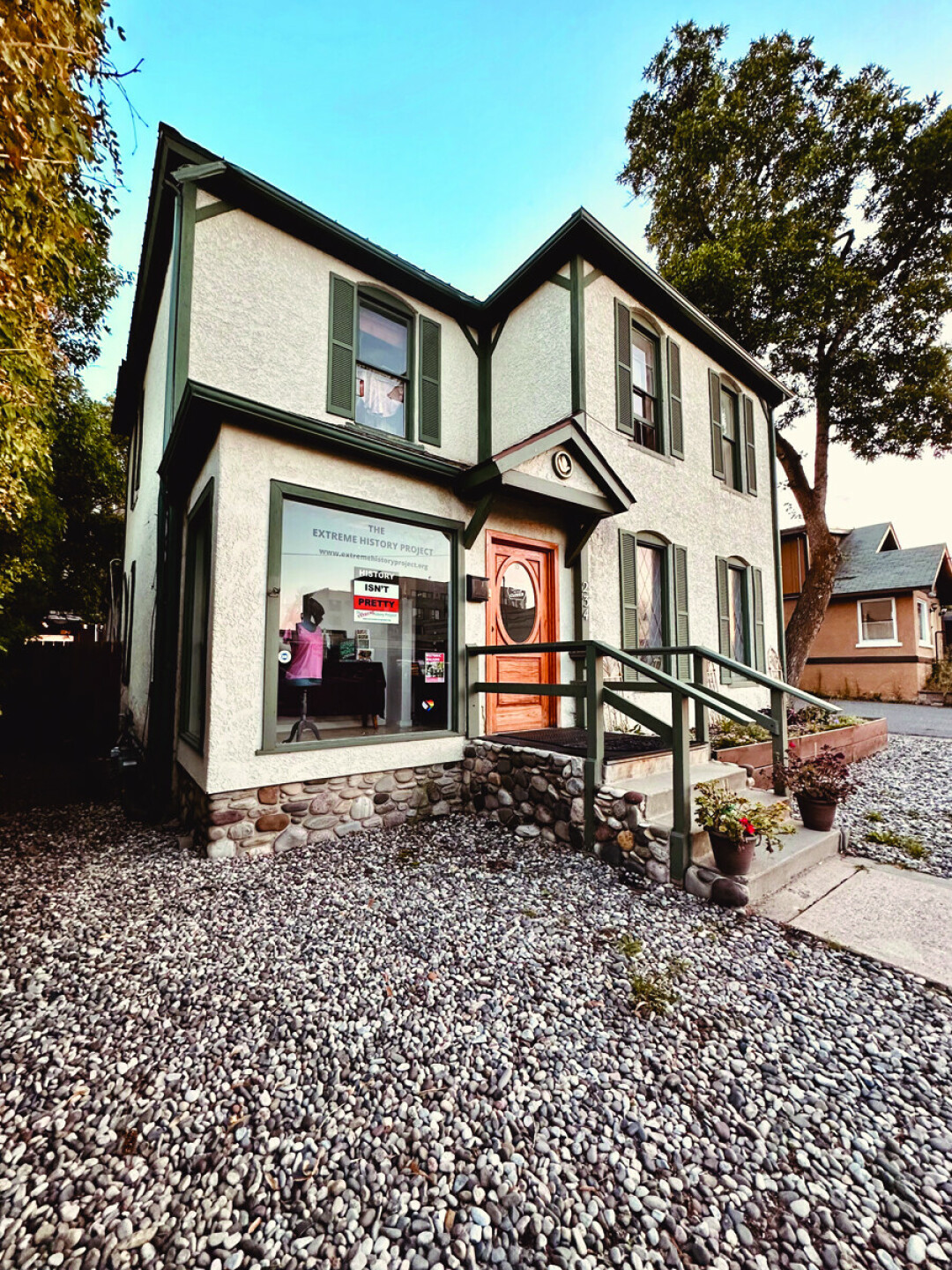
Bozeman Brothels on Mendenhall Avenue
On any given night, you can swing your leatherbacks around the corner from Main Street onto Mendenhall. Maybe you have seen a quaint white home with green trim across the street from the skate park. It sounds familiar, but you haven’t really paid much attention—234 E. Mendenhall is the address of Bozeman’s most happening brothel from the late 1800’s to the early 1900’s, its history spanning 50 years. There is a grand front entrance, and a side entrance for discrete access, presumably for “respectable” leaders of the community’s use. This structure has seven stoves with seven bedrooms that house seven mirrors. There is a Biblical significance to the number 7, often featured to symbolize fullness or completeness. We aren’t sure if this brothel was built in that symbolic vein, but it sure is interesting. Louisa Couselle of Helena moved to Bozeman to set up shop as a “madame,” more-or-less a female pimp. Don’t let her occupation fool you; Ms. Couselle was a bonafide businesswoman. She extended mortgage loans to other ladies to start their own brothels, purchased an astonishing 15 lots of Bozeman’s Main Street, and two farms out of town. She loaned one of her “working women,” Kitty Warren from Missouri, money for a mortgage, which Warren used to open and maintain the 234 E. Mendenhall brothel. When you walk up to this little house of sevens, you feel the memories and anguish of the women of the west, because they were shoved into one of two boxes: housewife, or lady of the night. Louisa Couselle paid more taxes than most of the entrepreneurial men beside her; yet, she is forgotten, unless we tell her story. The white house with the green trim holds the ghosts of women who were ahead of their time, but were shoved into rooms where they were stripped of their true potential. Today, the building’s history is maintained by The Extreme History Project with the mantra: History Isn’t Pretty. You can learn more at www.extremehistoryproject.org
For more information about the ghosts that lurk in Gallatin Valley corners, try reading Kelly Suzanne Hartman’s Murdery and Mystery in Gallatin County, Montana. Written by none other than a former Gallatin History Museum curator, and Bozeman Magazine contributor, it recounts Gallatin County’s most gruesome to its most creepy. It is a page turner of all facts! This book would be the perfect accompaniment to a crackling fire and a gooey marshmallow this fall.
Also learn more from Bozeman’s Paranormal Society, a non-profit team that helps community members understand paranormal activity in our area. You can utilize their community of mediums and learn more stories of our past. Their annual family-friendly Zombie Walk is on October 13 at 4pm, starting at Lewis and Clark Park in Belgrade. You can find more information on their Facebook page.
Here is one last campfire read to dive into this October, spooky season: I Await The Devil’s Coming, by Mary MacLane. Published in 1902, it sold over 100,000 copies the first month (a big deal in 1902). Born in Butte, Montana, MacLane was known as the “wild woman of Butte” for her confessional-style autobiography, where she details her attraction to the Devil and her bisexuality. Mary MacLane was a revolutionary “bad girl” of 1902 who fancied herself a genius.
Our history follows us through the seasons and into each passing year. When cool winds of October cross over and the first frost settles on the valley, the memories of those voices who seem lost tend to sing a little louder in the whipping wind. If we allow the chill to take over and accept the presence of another layer of life that might be less explainable, we can listen to their stories. If we allow the pine to bend over and the warning be heeded, we may even learn from the stories our ancestors persist to tell us. This October, find yourself listening to the stories of Montana and what they have to offer.
